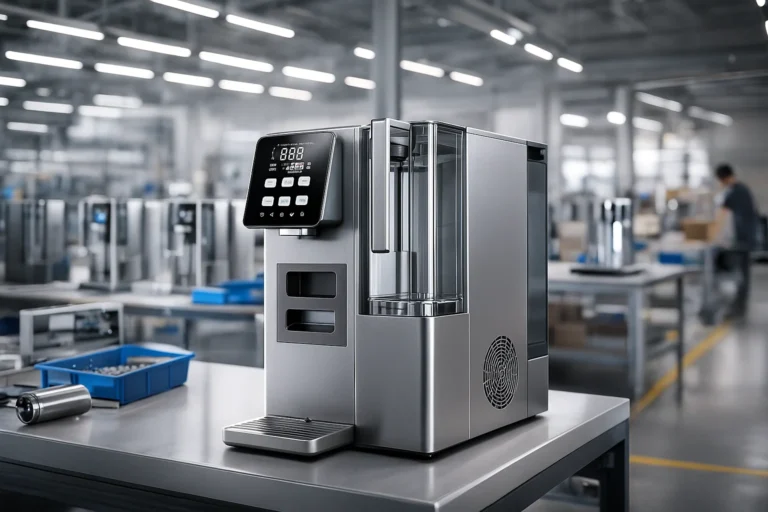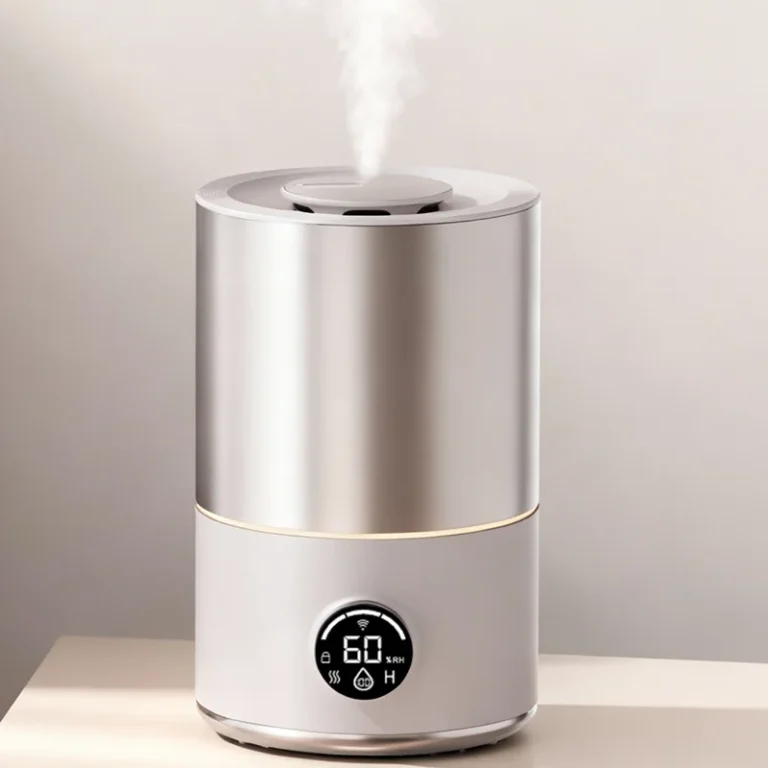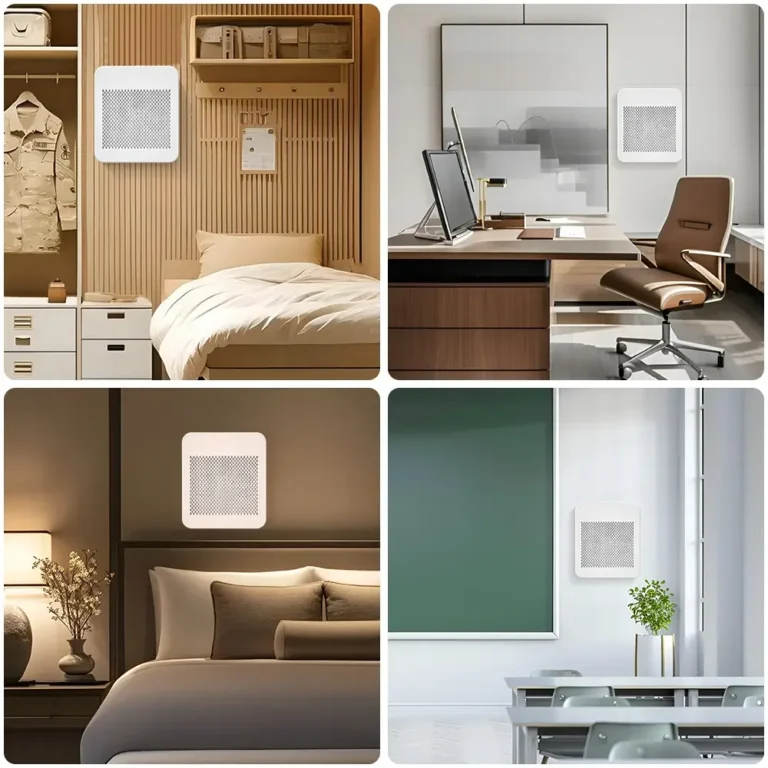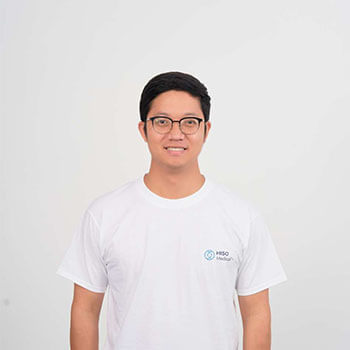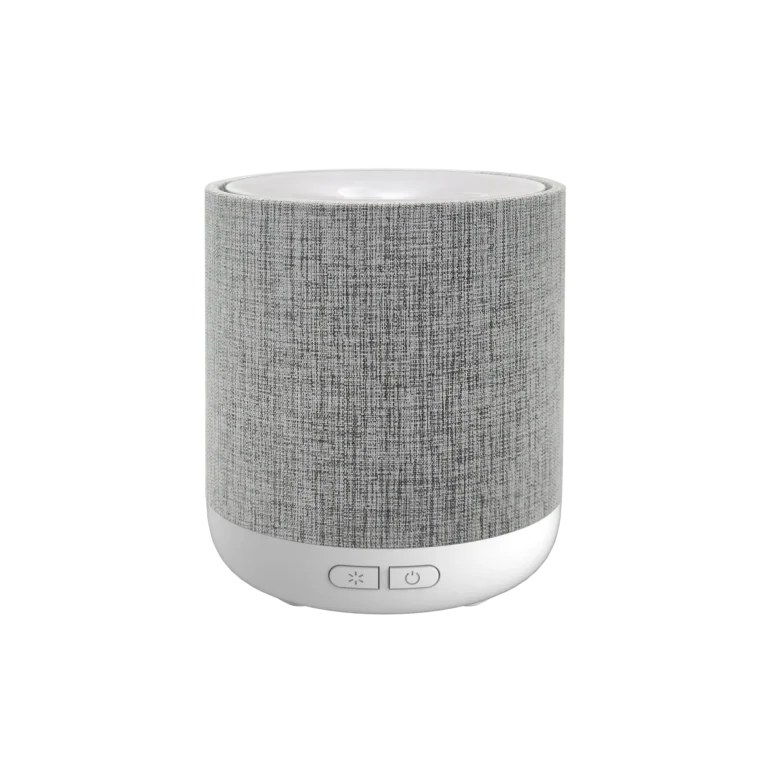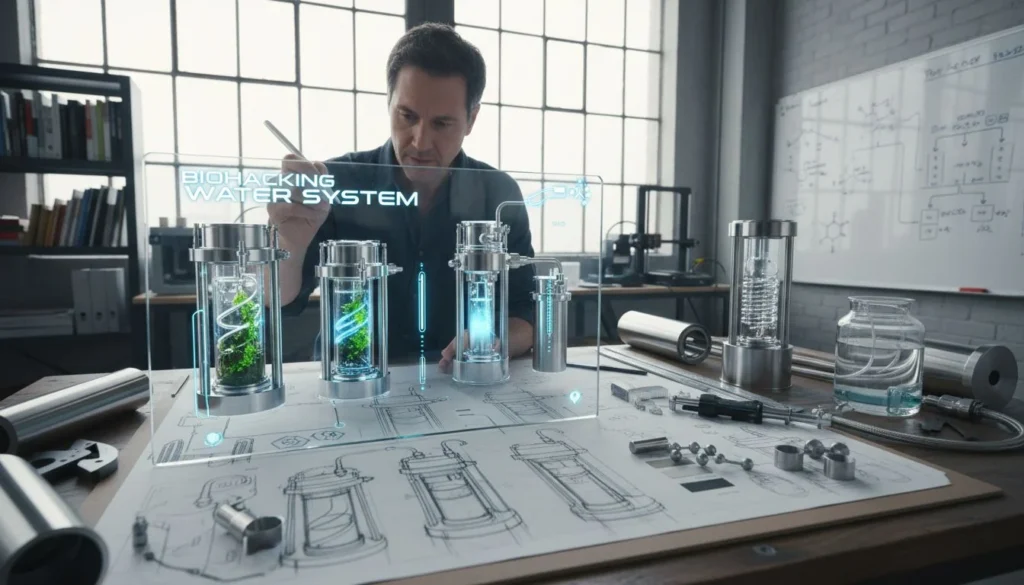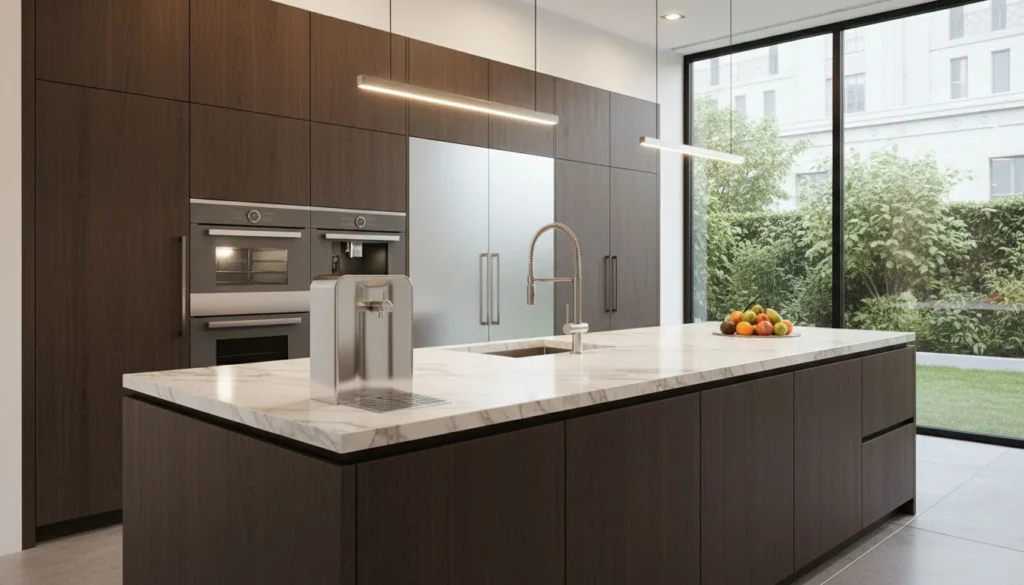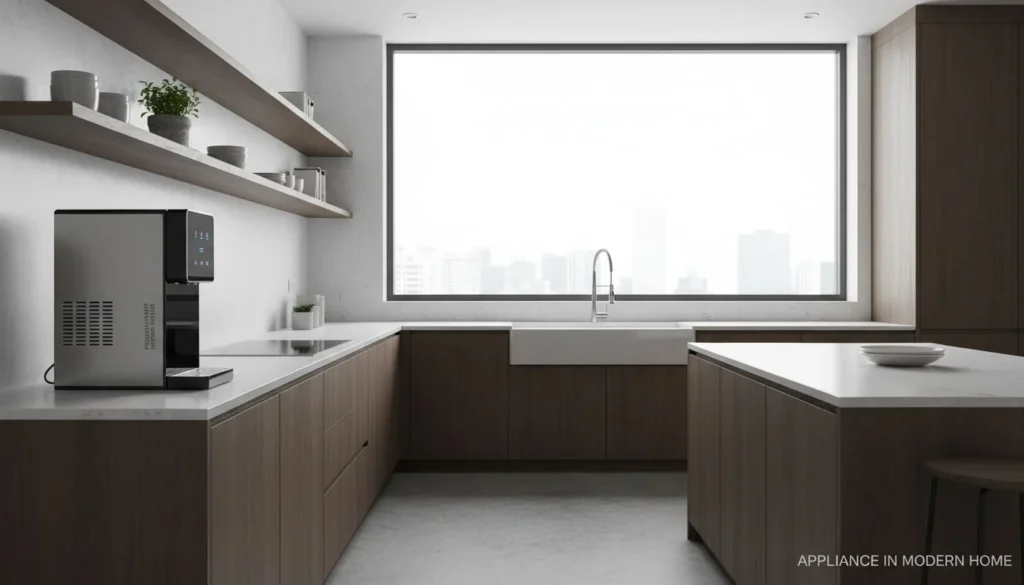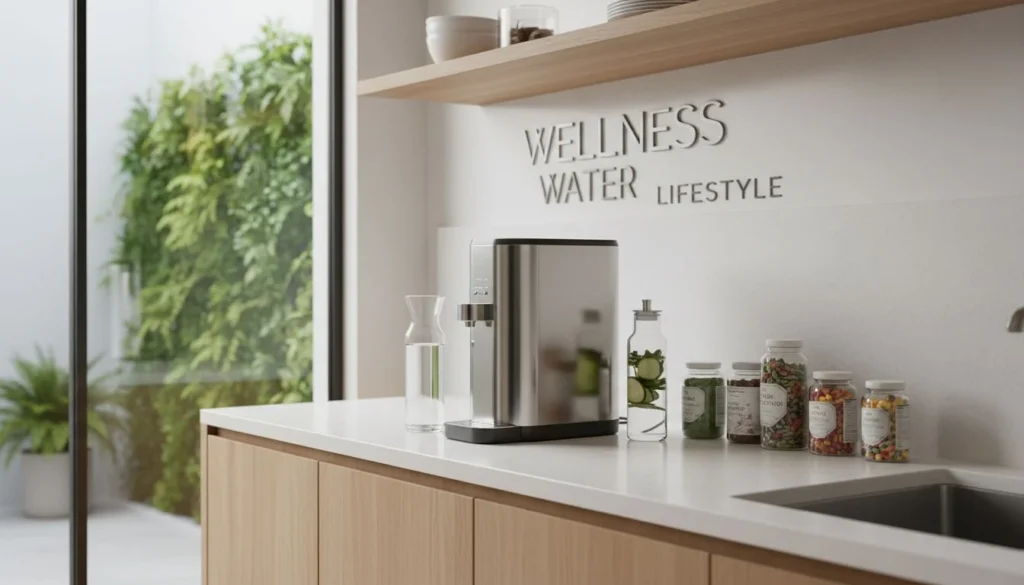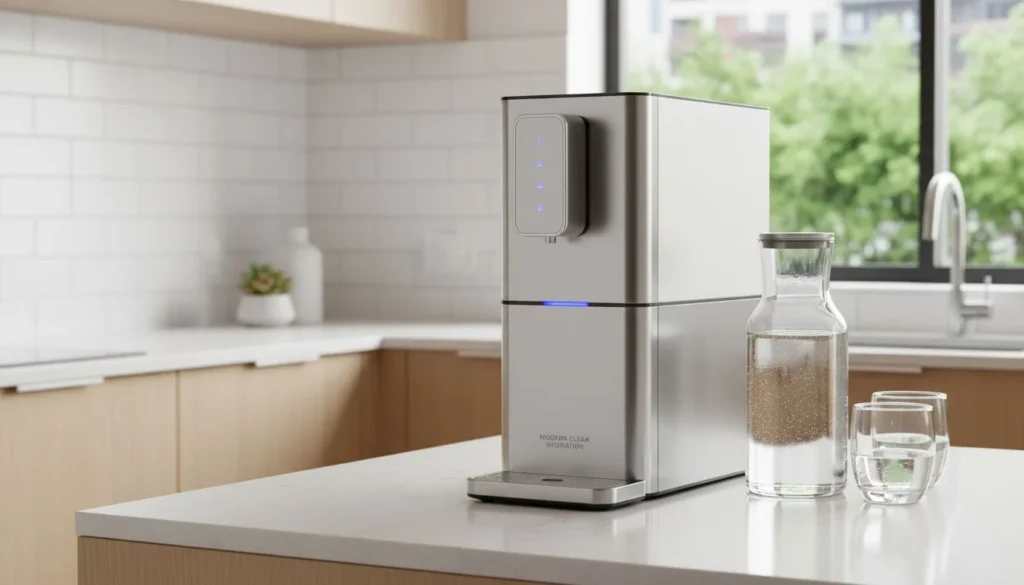Struggling to guarantee consistently clean air? You react to problems instead of preventing them. This uncertainty means you're not offering the best environment, a reality AI is set to change.
AI will transform the air quality industry by shifting focus from standalone products to intelligent, interconnected systems1. These systems will use data from widespread sensors to provide personalized, automated air purification, making clean air a seamless part of our environment.
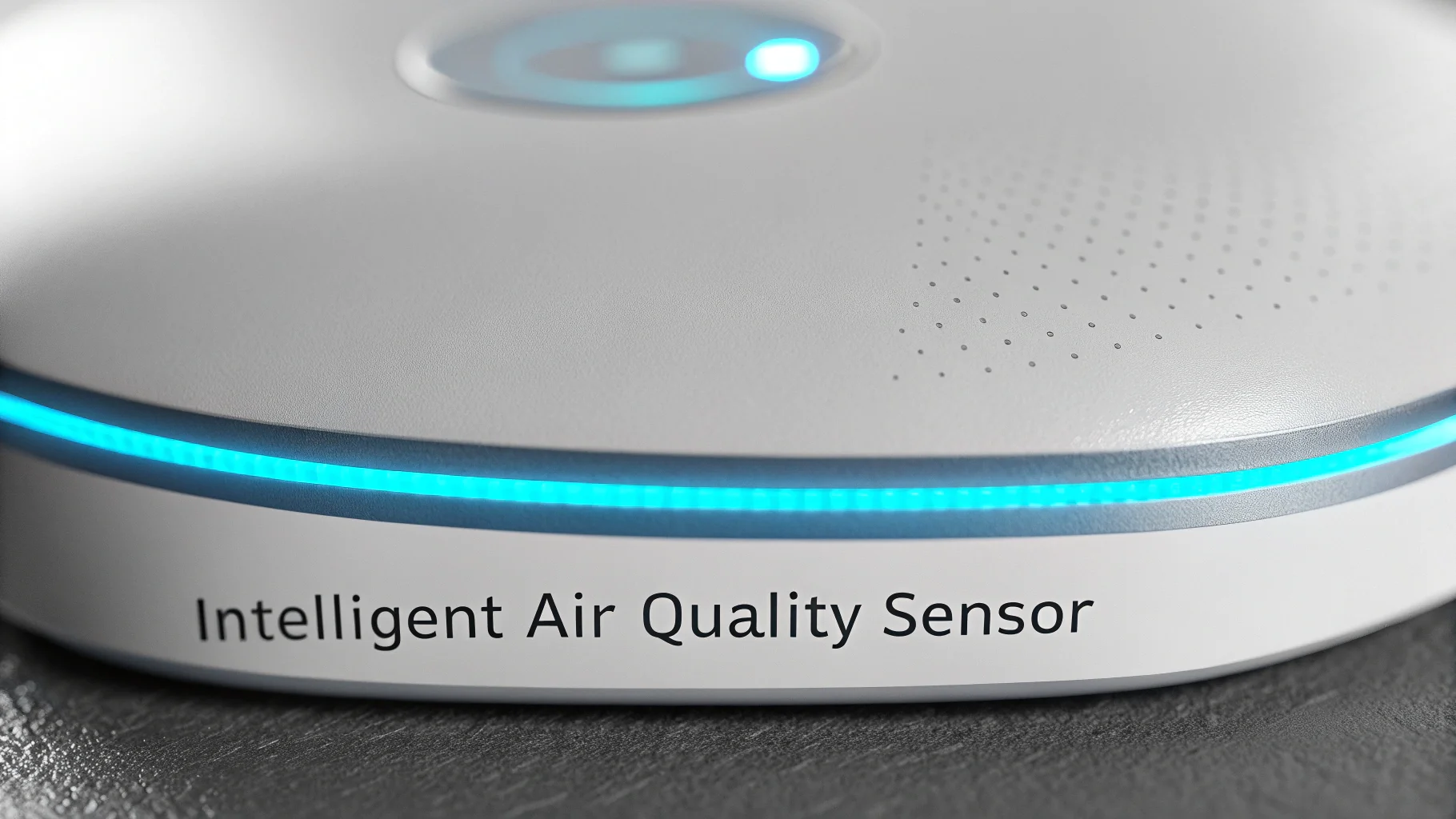
This isn't science fiction. It's the direction the entire industry is heading. For over 20 years, I've designed and built air purification products. I've seen many trends come and go. But the shift towards AI is the most profound change I've ever witnessed. It will completely redefine how we design, manufacture, and sell air quality solutions. This change presents a huge opportunity for businesses that are ready to adapt. Let's break down what this AI-powered future2 really looks like for a business owner like you.
The global smart air purifier market is projected to reach $15.3 billion by 2030.Wahr
According to a report by Grand View Research, the market is expanding due to rising health consciousness and the integration of smart technologies like AI and IoT.
AI can only improve air purification efficiency by 5-10%.Falsch
AI's impact is far greater. By enabling predictive and personalized purification based on real-time data, AI can lead to significant energy savings and drastically improved air quality outcomes, far exceeding a marginal 10% improvement.
Will AI Make Today's Air Purifiers Obsolete?
You've invested time and money sourcing the best air purifiers for your brand. But what if the very idea of a standalone "purifier" is about to change, making your current products look dated?
AI won't make purifiers obsolete, but it will completely transform them. They will evolve from simple filtration boxes into intelligent nodes within a larger air quality ecosystem. They become data points and responsive agents, not just passive machines that a user has to manage manually.
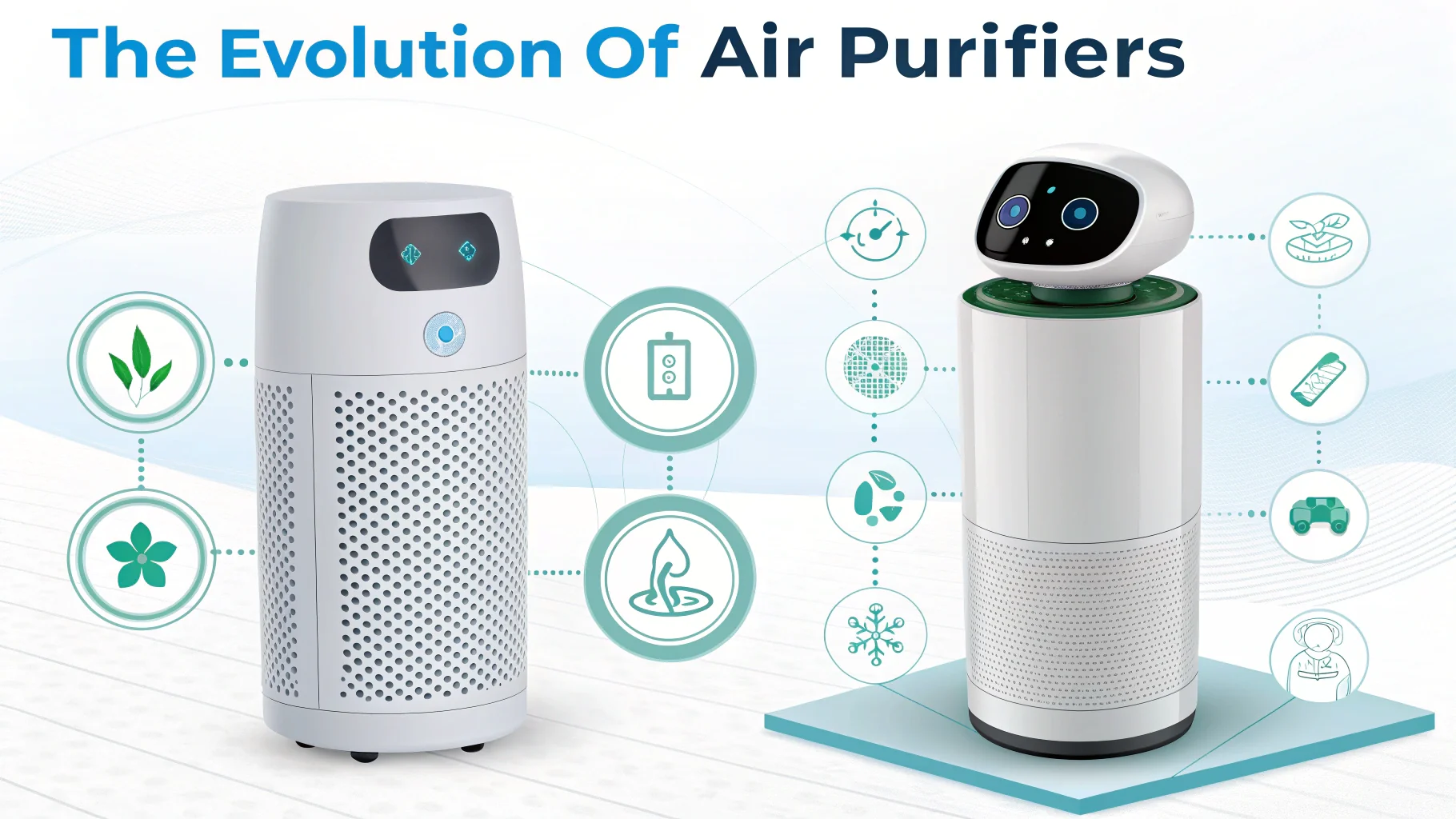
Dive Deeper: From Isolated Products to an Intelligent System
For years, the industry has sold products. You buy an air purifier, a humidifier, or a dehumidifier. You place it in a room and turn it on. The device does its one job, unaware of anything else happening in the home. I've designed many of these machines myself. They are effective, but they are not smart.
The AI era changes this completely. It’s not about a single product anymore. It is about a complete system.
The New AI-Powered Ecosystem
In this new model, every device works together. An air quality monitor detects a rise in VOCs from cooking. It tells the air purifier in the kitchen to increase its fan speed. It also tells the HVAC system to vent the air. This all happens automatically. The user doesn't have to do anything. The goal is no longer just to sell a box, but to provide a guaranteed outcome: clean, healthy air.
Data is the New Filter
This system is built on data. The more data the AI has, the smarter it gets. It learns your habits, your home's specific issues, and even the local pollen count. This creates a powerful feedback loop where monitoring, purification, and data insights3 constantly improve the air you breathe.
| Merkmal | Traditional Air Purifier | AI-Powered Air Agent |
|---|---|---|
| Funktion | Filters air in one location | Manages air quality in an entire zone |
| User Interaction | Manual (on/off, fan speed) | Automated and predictive |
| Data Usage | Keine | Collects and analyzes data to learn |
| Goal | Clean the air in one room | Provide personalized, optimal air quality |
Over 70% of households in North America now own at least one smart home device.Wahr
Statista reports that smart home penetration is rapidly increasing, creating a ready-made infrastructure for interconnected AI air quality systems.
AI air quality systems require users to be tech experts to operate them.Falsch
The goal of AI is the opposite. It's designed to automate complex decisions, creating a 'set it and forget it' experience where the system manages itself, making it simpler for the end-user.
How Can AI Deliver Truly Personalized Air Quality?
Your customers have different needs. Some have allergies, some have pets, and others just want the freshest air possible. A standard air purifier treats everyone the same. This is inefficient. AI allows you to offer a solution that adapts to each person's specific needs.
AI enables this personalization by using machine learning4 to analyze data from many sensors. It learns a person's routines, environmental triggers like pollen or dust, and health needs. It then creates a unique air quality profile and adjusts purification in real-time for that specific user.

Dive Deeper: The End of One-Size-Fits-All
In my 20 years as an engineer, we always had to design for the "average" user in an "average" room. We had to make compromises. But people aren't average. A family with a newborn has very different air quality needs than a single person living in a downtown apartment.
AI finally lets us move beyond these compromises.
Sensors Will Be Everywhere
The foundation of personalization is data, and that data will come from Sensoren5. Soon, air quality sensors will be built into everything. Your smart speaker, your light fixtures, your TV, and even your furniture could all become data points for the AI. They will constantly measure things like PM2.5, CO2, VOCs, and humidity. This creates a detailed, real-time map of the air quality in every corner of a home.
Machine Learning Connects the Dots
An AI system takes all this data and makes sense of it. It's more than just reacting to a bad reading. It learns patterns. For example, the AI might learn that you always cook at 6 PM. So, at 5:55 PM, it automatically turns on the kitchen purifier to get ahead of the cooking fumes. It might see from your calendar that you have a meeting, so it ensures the air in your home office is optimized for focus. It's a level of intelligence and foresight that a simple device could never achieve.
The global wellness market is valued at over $5.6 trillion.Wahr
The Global Wellness Institute highlights a massive and growing consumer demand for products and services that enhance personal health and well-being, including air quality.
Personalized air quality is too expensive for the average consumer.Falsch
While premium initially, the cost of sensors and AI processing is decreasing rapidly. Furthermore, the energy savings from running devices only when needed can offset the initial investment, making it more accessible over time.
What's Slowing Down the AI Air Quality Revolution?
This AI-driven future sounds incredible. As a business owner, you are probably ready to find a supplier and get started. But the path to this future is not a straight line. Global challenges can make finding the right partner difficult and risky. Understanding these challenges is key to navigating the market.
The main hurdle is the current friction between the US and China. The US leads in AI software and consumer trends, while China is the undisputed leader in hardware manufacturing and development. This conflict slows down the integration of advanced AI with mass-produced hardware, creating delays.

Dive Deeper: Navigating Global Challenges
As someone who works with suppliers and partners globally, I see these challenges every day. It's a frustration for innovators and for business owners like you who want to bring the best products to market. But it's a reality we must face.
The Tech and Manufacturing Divide
It's a simple but difficult problem. The best AI algorithms are often developed in the US. The best, most efficient hardware manufacturing happens in China. For the AI air quality revolution to happen at scale, these two worlds need to work together seamlessly. Right now, that collaboration is difficult. This can slow down product development and create uncertainty in the supply chain. It's a major pain point, and it's one of the reasons you might struggle to find suppliers who are truly on the cutting edge.
Our Commitment to a Bright Future
Despite these hurdles, we are very optimistic. The demand for smarter, healthier homes is too strong to be stopped. The technology is ready. As a manufacturer, we at HisoAir are not waiting. We are investing heavily in this future. We are designing our hardware today to be ready for the AI of tomorrow. We are building products with the sensors, connectivity, and processing power needed to become intelligent agents in a home's air quality system. We believe the AI era for air quality is coming, and we are committed to being a reliable partner for businesses that want to lead the way.
China accounts for nearly 30% of global manufacturing output.Wahr
Data from the United Nations confirms China's dominant role as the world's largest manufacturer, making it a critical part of the global hardware supply chain.
The US-China conflict will permanently stop the development of AI-powered consumer devices.Falsch
While it creates significant slowdowns and challenges, market forces and consumer demand for innovation are powerful drivers. Companies are actively finding new ways to collaborate and innovate despite the political friction.
Schlussfolgerung
The AI air quality era is coming. It promises smarter, personalized, and automated systems. We are building that future, and we believe it will become a reality very soon.
References
-
Explore how these systems revolutionize air quality management through automation and data integration. ↩
-
Discover the transformative potential of AI in creating smarter air quality solutions. ↩
-
Understand the role of data in enhancing air quality through informed decision-making. ↩
-
Explore the application of machine learning in optimizing air quality management. ↩
-
Learn about the importance of sensors in providing real-time air quality data. ↩

